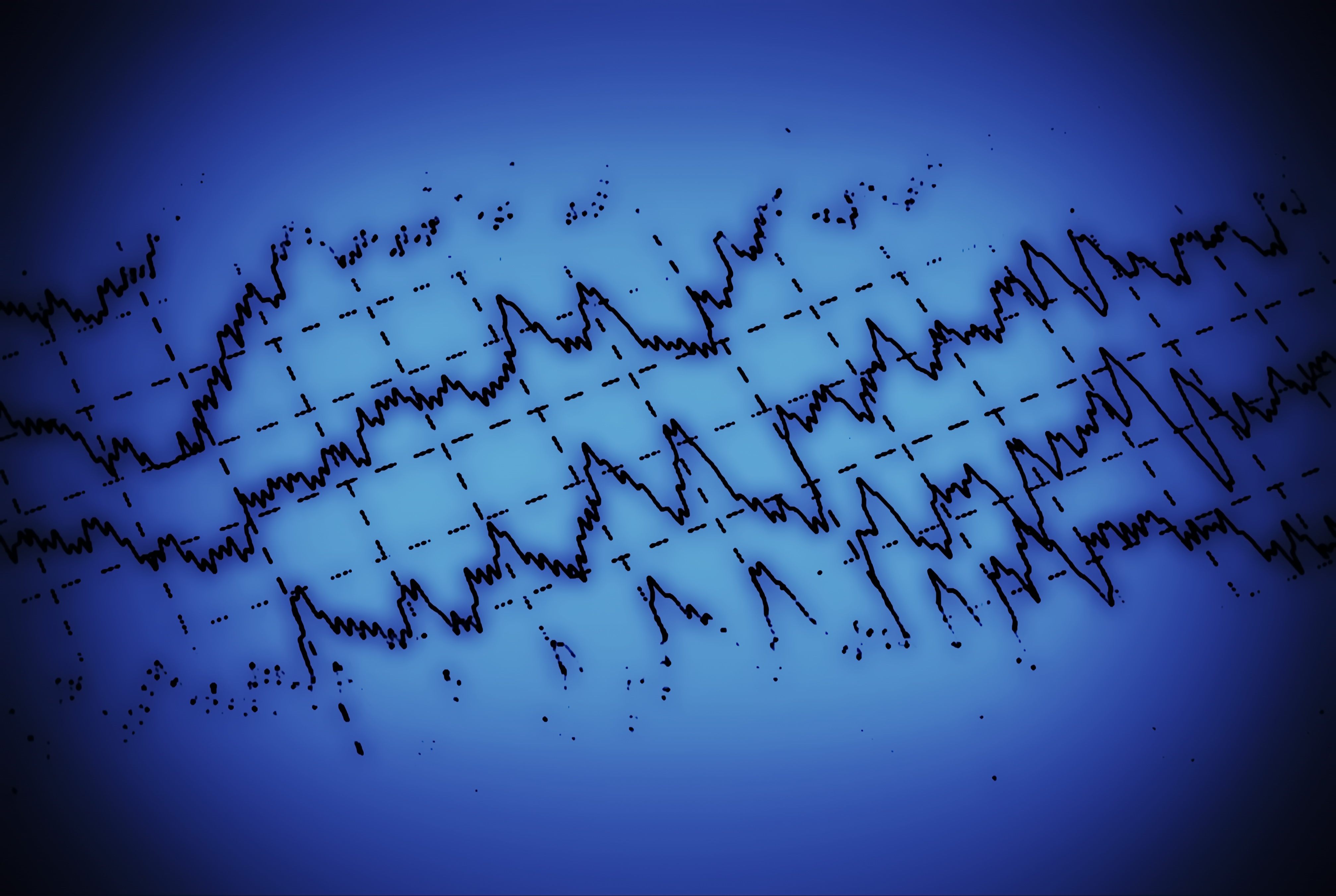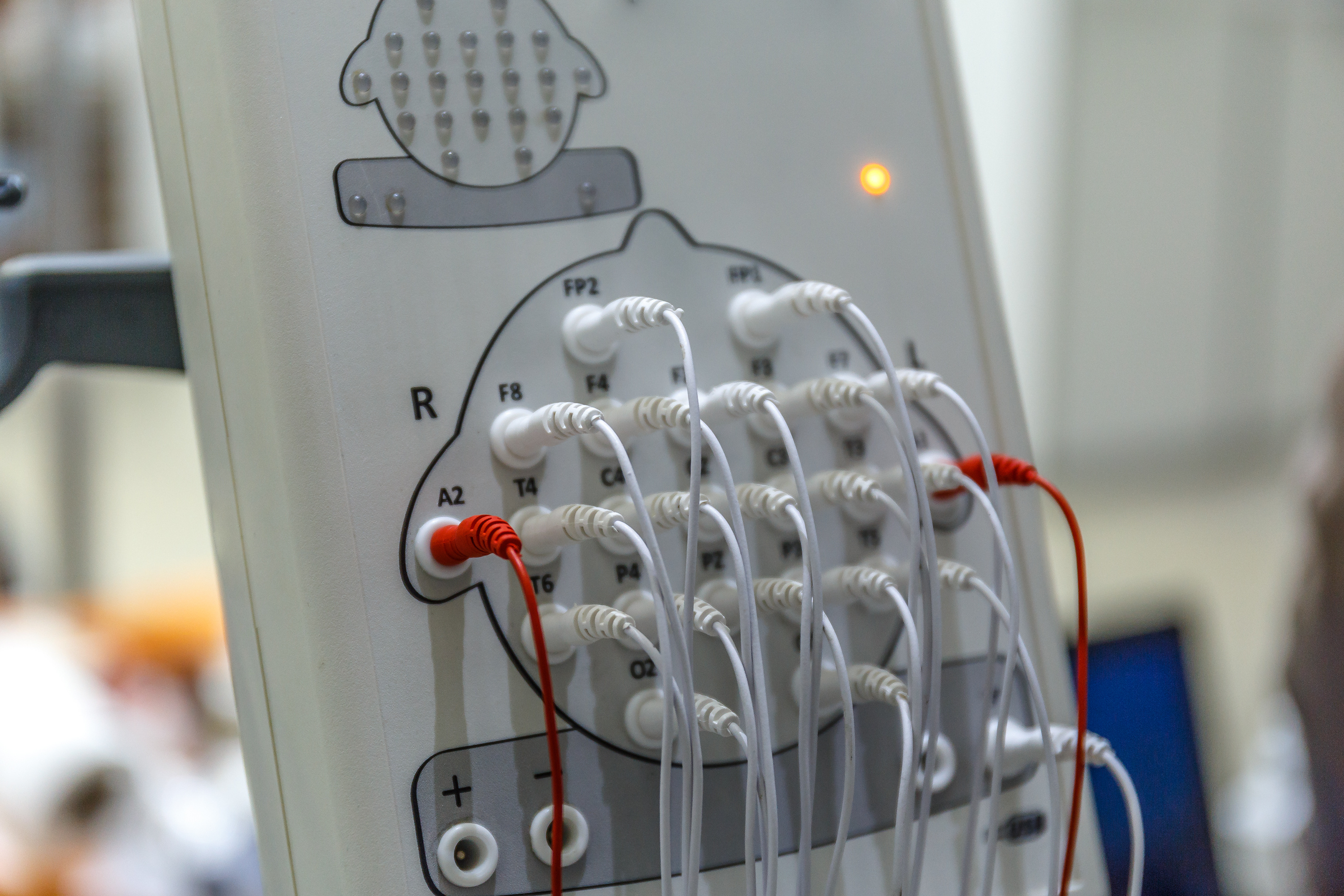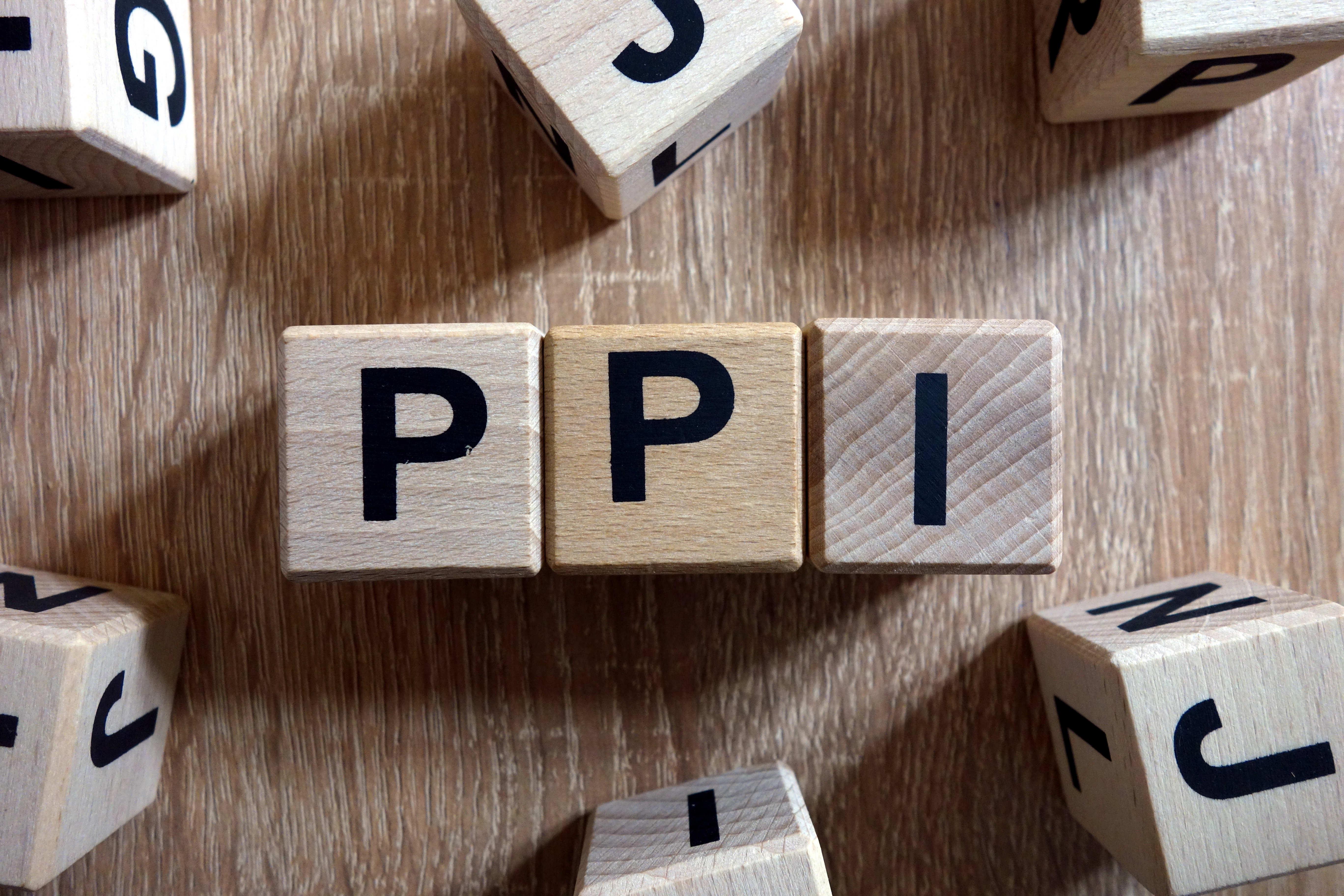Electrophysiology
Alterations in electrophysiology have been observed in people with bipolar disorder. Electroencephalography (EEG) uses electrodes on the scalp to measure electrical activity in the brain. EEG also gives rise to event related potentials (ERP), which measure the EEG activity directly evoked by a stimulus, often using cognitive or perceptual stimuli. One example of an ERP is the P300 wave, which is measured primarily over the parietal lobe and is used as a measure of cognitive function. Another example is the P50 event-related potential, which is interpreted as a physiological substrate for an inability to “gate” or inhibit irrelevant sensory information. Click on the links or the tabs below to access the information, or browse via the drop-down menu on the left.
Image: ©vegefox.com – stock.adobe.com

Eye movement dysfunction
What is eye movement dysfunction? Smooth pursuit eye movement is a visual tracking reflex evoked by a smoothly moving target, usually elicited by stimuli presented on a computer monitor. The aim of the smooth pursuit reflex is to maintain the image of the moving target on the fovea, the region of the retina with the highest density of photoreceptors. The neural pathways involved in generating smooth pursuit are a complex network from the cortical visual pathways through to the brainstem ocular motor nuclei (III, IV, and VI), and consequently, an alteration in smooth pursuit performance may not in itself shed…

Mismatch negativity
What is mismatch negativity? Mismatch negativity (MMN) is an auditory event-related potential that is generated when a stimulus feature deviates from the regularity of previous auditory stimuli. This deviance can be a simple physical characteristic, such as tone duration, intensity, frequency or location; or more abstract presentation characteristics, such as a lower tone in a series of ascending tones. In this way, MMN generation relies on the creation of an auditory (echoic) memory trace for the preceding tones, in order to identify the subsequent deviance. MMN is thought to be an automatic, pre-attentional process and functions as an index of…

N170
What is the N170? The N170 wave is an event-related brain potential measured using electroencephalography. The N170 is a negative waveform that peaks at approximately 170 msec after stimulus presentation. It is observed at occipitotemporal sites and with greater amplitude over the right hemisphere. The N170 ERP is observed in response to a variety of facial stimuli, and so it may reflect a neural mechanism for detection of human faces. What is the evidence for N170 anomalies in people with bipolar disorder? Low quality evidence in unclear of N170 amplitude and latency changes in people with bipolar disorder compared to…

P300
What is the P300? The P300 wave is an event-related potential, measured using EEG. It is a spike in brain activity approximately 300ms after presentation of a target stimulus, which is usually auditory but can also be visual. A typical auditory paradigm uses a series of tones where 20% of them are infrequent targets called “oddballs”. Research subjects are asked to respond to these oddballs, and the related spike in brain activity is usually apparent in frontal regions thought to be related to contextual updating and memory storage. This is called a P3b response, while a P3a response reflects response…

P50
What is the P50? The P50 event-related potential is interpreted as a physiological substrate for an inability to “gate” or inhibit irrelevant sensory information. In this paradigm, paired auditory clicks are presented, separated by a 500ms interval. The first click initiates or conditions the inhibition, while the second (test) click indexes the strength of the inhibition. P50 ratio is quantified as the amplitude of the response to the second click divided by the first. An absence of a reduced response to the second stimulus is interpreted as a failure of inhibitory mechanisms, postulated to represent a defect in sensory gating,…

Prepulse inhibition
What is prepulse inhibition? The startle response involves reflex behaviour intended to prepare an organism to attend to potentially relevant stimuli. The startle response can be reduced by previous presentation of a weak stimulus, and this is known as prepulse inhibition. When prepulse inhibition is high, the corresponding one-time startle response is reduced. When prepulse inhibition is low, an inability to filter out unnecessary information may occur. Prepulse inhibition is regulated by the limbic-cortical-striatal-pallidal-thalamic neural circuit, the dopaminergic system, and by cognitive processes such as attention and emotion. Some of these processes may be dysfunctional in people with bipolar disorder….
Green - Topic summary is available.
Orange - Topic summary is being compiled.
Red - Topic summary has no current systematic review available.
